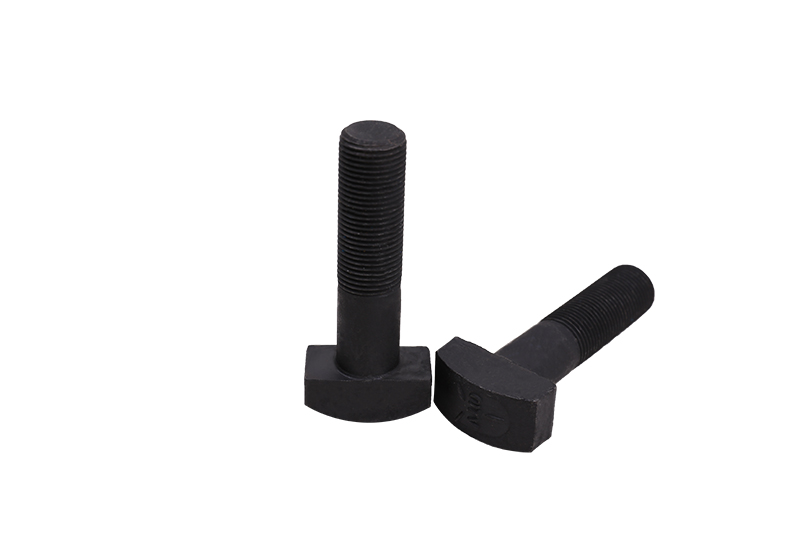Fastening two pieces of wood together using a T-shaped […]
Fastening two pieces of wood together using a T-shaped head bolt is a fastening method commonly used in a variety of applications. The shape of the head is called a T (triangular) in order to help identify it as a bolt, but unfortunately many companies produce them with a flat or square shape called a regular head bolt. Both types can be used successfully in a wide variety of applications, but the round-shaped ones are preferred for securing larger materials. A standard fastener that fits the job is a hexagonal-head bolt. There are other variations on the bolt such as a T-bed fastener, T-box fastener, etc.
A T-bed fastener consists of a hexagonal head made from a plastic compound or metal where the flat side faces out while the long side is conical. Its a very popular fastener that use its hexagonal head nut to fasten the target material to the surface with a conical T-shaped slot cutout and its conical head sits flush or sometimes even below the surface of the other materials. It is often used for locking purposes.
T-bed fasteners are also called tri-fold fasteners. The design of this fastener is to have the folded face open while the fastening edges are exposed or accessible through the slots. They are frequently used for securing materials like drywall, sheetrock, gypsum board, lumber, and nails. Some people use them to attach pressure-treated wood ceiling tiles, drywall striping, and various kinds of melamine products. They are often used as a way to fasten materials like fiberboard to wood panels without marring the panel edges.
Most fasteners are made by combining a taper head and a threaded end. Some examples of such combination fasteners include a X-shape fastener (for use with fiberglass and certain plastics), a Y-shape fastener, and a cross-bend fastener. Taper head bolts are usually considered inferior to cross-bolts because they are less secure than cross-bolts in terms of holding the materials in place. Taper head bolts are also more prone to stripped threads and stripped fasteners, resulting in faster removal times.
The final fasteners we will discuss are the flat head bolts. These fasteners are not really fasteners at all; rather, they are soldered to the shafts of a bolt as a sleeve. Some examples of flat head bolts are rivets, nuts, and washers.
When choosing a fastener, be sure that it is intended for the application you need it for. Don't use a cheap fastener on a very large bolt because it can be extremely dangerous. Also, always choose a fastener with an appropriately sized hole so that the head of the bolt fits into the hole correctly. If you are unsure as to whether a particular fastener will fit into a specific application, call a pro before you install any hardware. Fasteners have many uses, but if you don't know what you are doing, you could end up with damage to your equipment or property.
